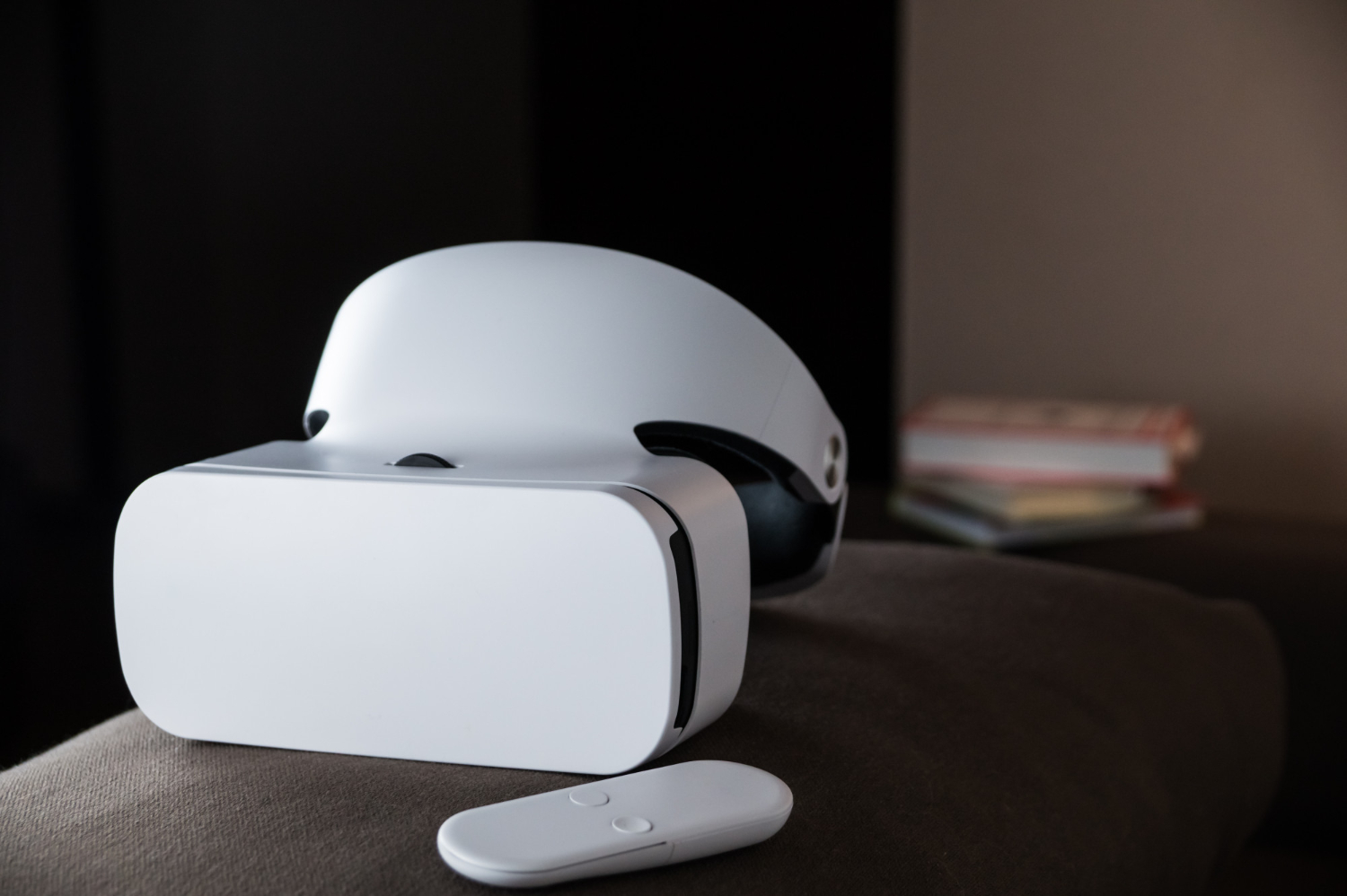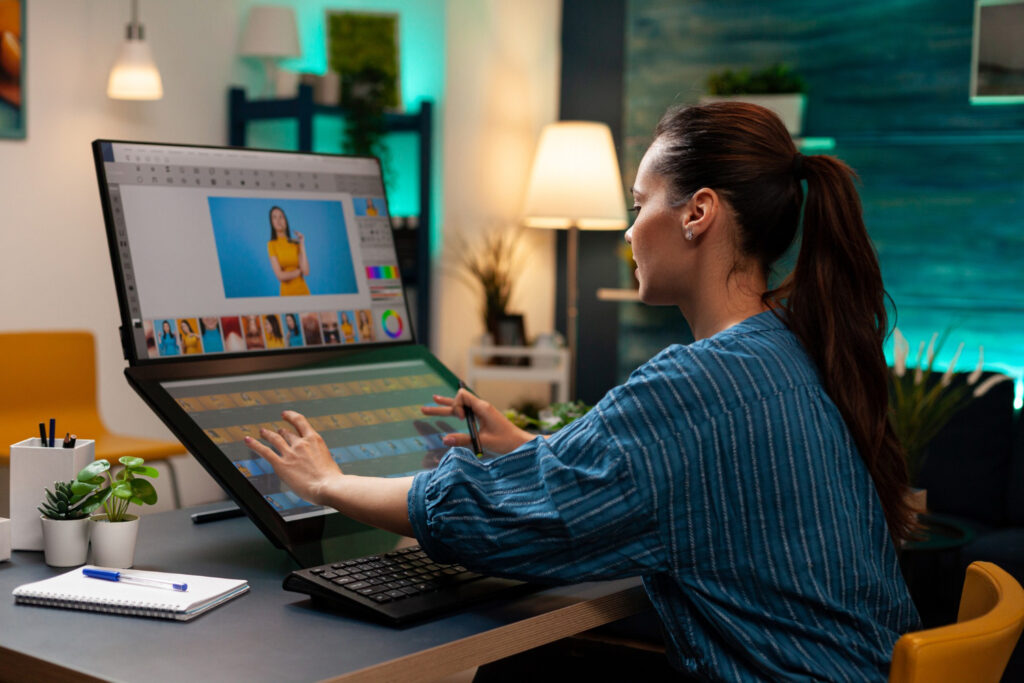
Exploring the Future: A Deep Dive into Apple Vision Pro
In June 2023, Apple unveiled the highly anticipated Vision Pro – a groundbreaking mixed-reality headset that transcends the boundaries of conventional technology interaction. Beyond a mere headset, it serves as a portal to a world where digital and physical realities seamlessly converge. As we delve into the user experience, let’s explore the key aspects that matter most.
1. Finger Gestures: Micro Interactions Redefined
Apple introduces “micro gestures,” allowing users to navigate spatial interfaces, manipulate content, and execute actions seamlessly. These gestures, such as the two-finger tap and pinch-and-drag, provide an intuitive interaction experience. While requiring physical space and motor function, Apple is likely to include accessibility features to ensure a broader user base.
2. Voice Commands with Siri Integration
Siri, Apple’s virtual assistant, joins the Vision Pro, responding to a simple “Hey Siri” command. Users can perform various actions like opening apps, composing messages, initiating spatial videos, or capturing real-time photos. The functionality is, however, contingent on the headset’s capabilities and internet connectivity.
3. Marketing Productivity & Multi-Display Views
Apple emphasizes the headset’s multi-screen view, offering a dynamic multitasking and productivity experience. Acting as a single replacement for multiple physical screens, it provides an alternative to connecting Macbooks for extended functionality, catering to diverse user needs.
4. Spatial Video Calling: A Controversial Innovation
The Vision Pro aims to revolutionize video calling by introducing 3D representations called “Personas.” Users can opt to have a virtual 3D model of themselves, created by scanning their faces with the headset’s camera, representing them during calls. While promising convenience, early reviews suggest accuracy and visual appeal need refinement, a testament to the iterative nature of UX design.
5. Apps Designed for Vision Pro
Specially curated apps, including Zoom, are available on the Vision Pro app store. These applications are tailored for the headset’s unique capabilities, offering a spatial experience akin to the desktop but with simplified controls. Features like real-time 3D object sharing and pinning screens to physical space redefine daily usage.
The Harsh Truths: Challenges and Limitations
Despite its revolutionary potential, the Vision Pro faces certain challenges:
- Weight and Discomfort: The headset is heavier compared to other VR/AR devices, potentially causing discomfort during prolonged use.
- Heating Issues: Intensive applications may lead to overheating, a concern that might be addressed through future software updates.
- Dependency on External Battery: Longevity relies on an external battery pack, adding an extra component to manage.
- App Compatibility: Not all apps are supported, necessitating the use of some in a general window, similar to desktop applications.
- Price Point: With a hefty price tag of $3,500, the Vision Pro represents a significant investment compared to alternatives like the Meta Quest.
In conclusion, while the Apple Vision Pro promises a transformative mixed reality experience, its current limitations and challenges indicate a continuous evolution in the realm of extended reality. As technology advances and user feedback shapes future iterations, the Vision Pro stands as a testament to Apple’s commitment to pushing the boundaries of innovation.





